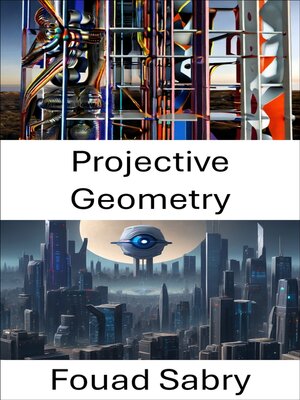Projective Geometry
ebook ∣ Exploring Projective Geometry in Computer Vision · Computer Vision
By Fouad Sabry

Sign up to save your library
With an OverDrive account, you can save your favorite libraries for at-a-glance information about availability. Find out more about OverDrive accounts.
Find this title in Libby, the library reading app by OverDrive.



Search for a digital library with this title
Title found at these libraries:
| Loading... |
What is Projective Geometry
Projective geometry is a branch of mathematics that focuses on the study of geometric qualities that remain unchanged regardless of the transformations that are being applied to them. This indicates that, in contrast to simple Euclidean geometry, projective geometry is characterized by a distinct environment, a space that is the subject of the project, and a limited collection of fundamental geometric notions. For a given dimension, the fundamental intuitions are that projective space has a greater number of points than Euclidean space does, and that geometric transformations are allowed that change the extra points into Euclidean points, and vice versa.
How you will benefit
(I) Insights, and validations about the following topics:
Chapter 1: Projective geometry
Chapter 2: Projective plane
Chapter 3: Projective space
Chapter 4: Affine geometry
Chapter 5: Desargues's theorem
Chapter 6: Duality (projective geometry)
Chapter 7: Complete quadrangle
Chapter 8: Homography
Chapter 9: Desargues configuration
Chapter 10: Conic section
(II) Answering the public top questions about projective geometry.
(III) Real world examples for the usage of projective geometry in many fields.
Who this book is for
Professionals, undergraduate and graduate students, enthusiasts, hobbyists, and those who want to go beyond basic knowledge or information for any kind of Projective Geometry.






